Figs’ unique partnership with wasps co-evolving for 75 millions of years
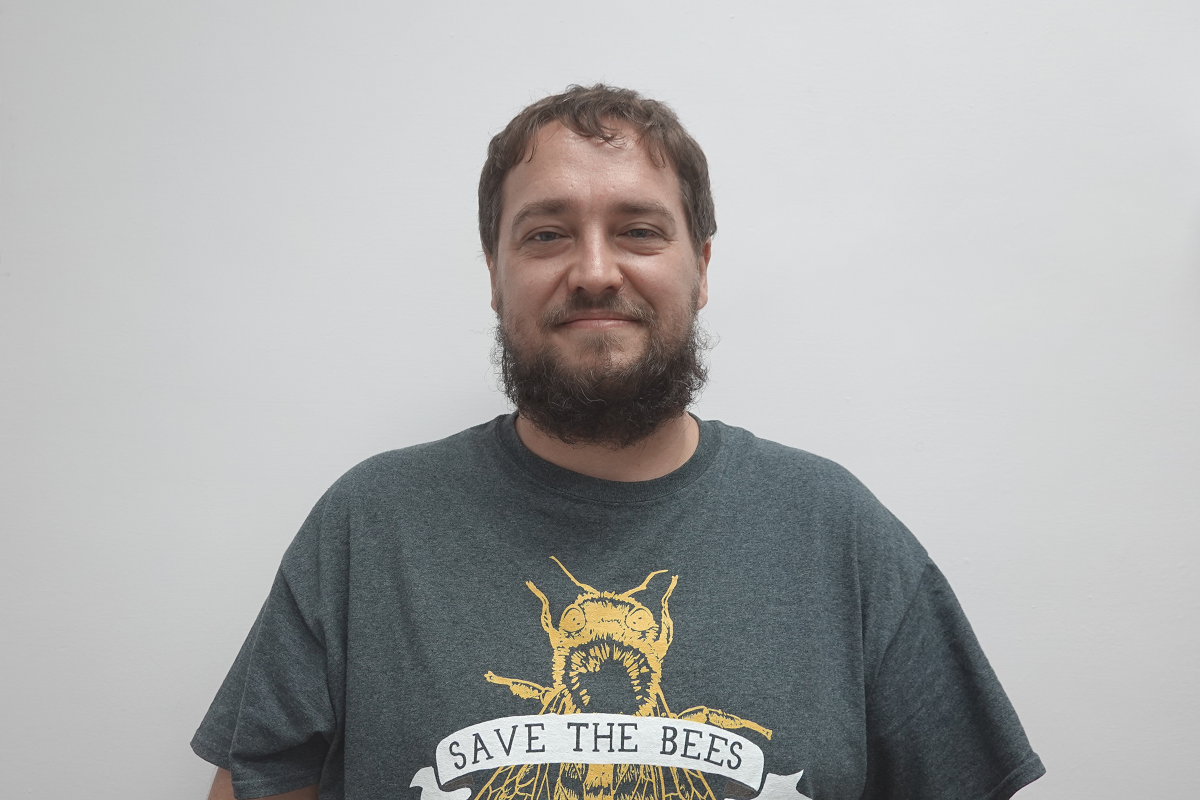
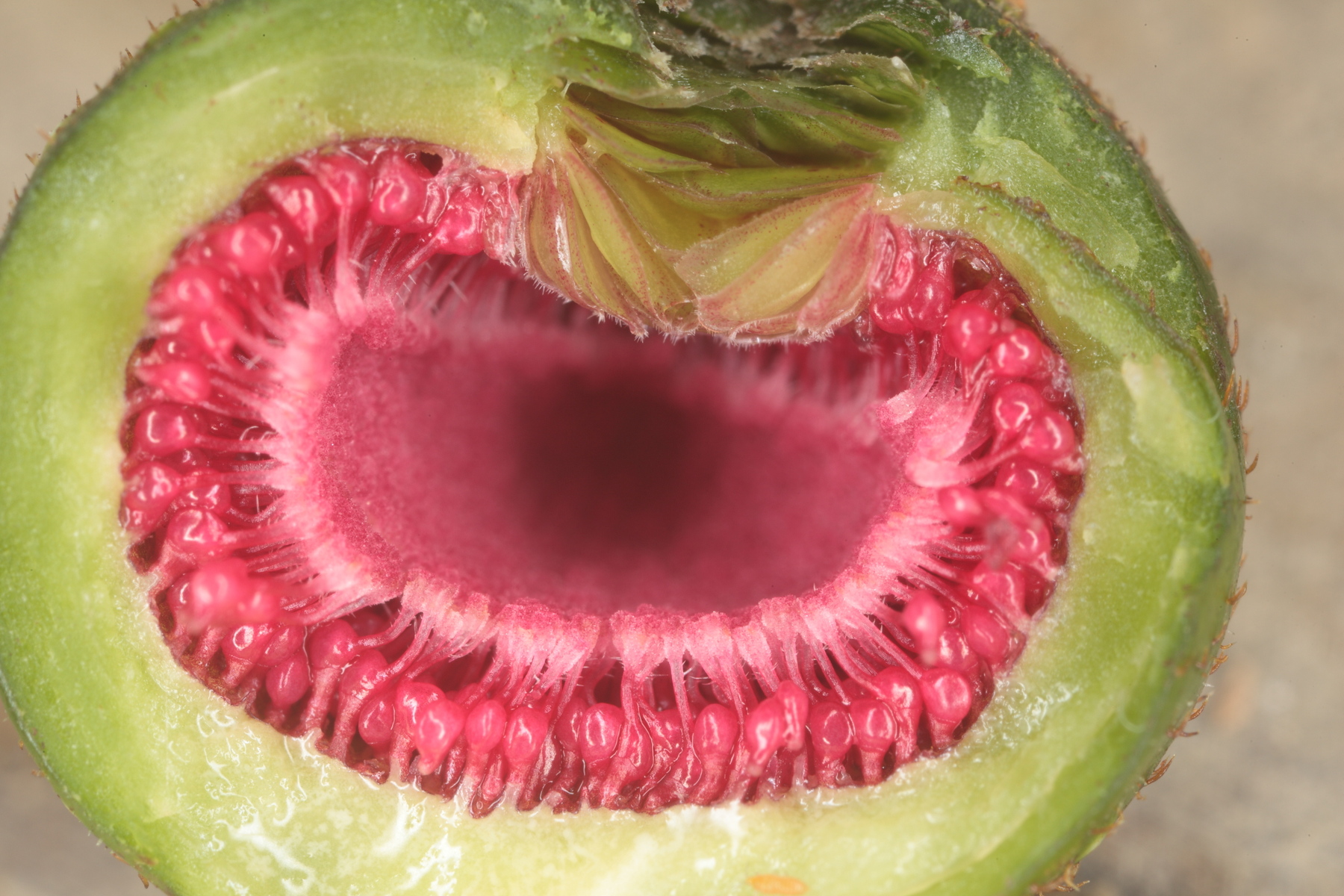
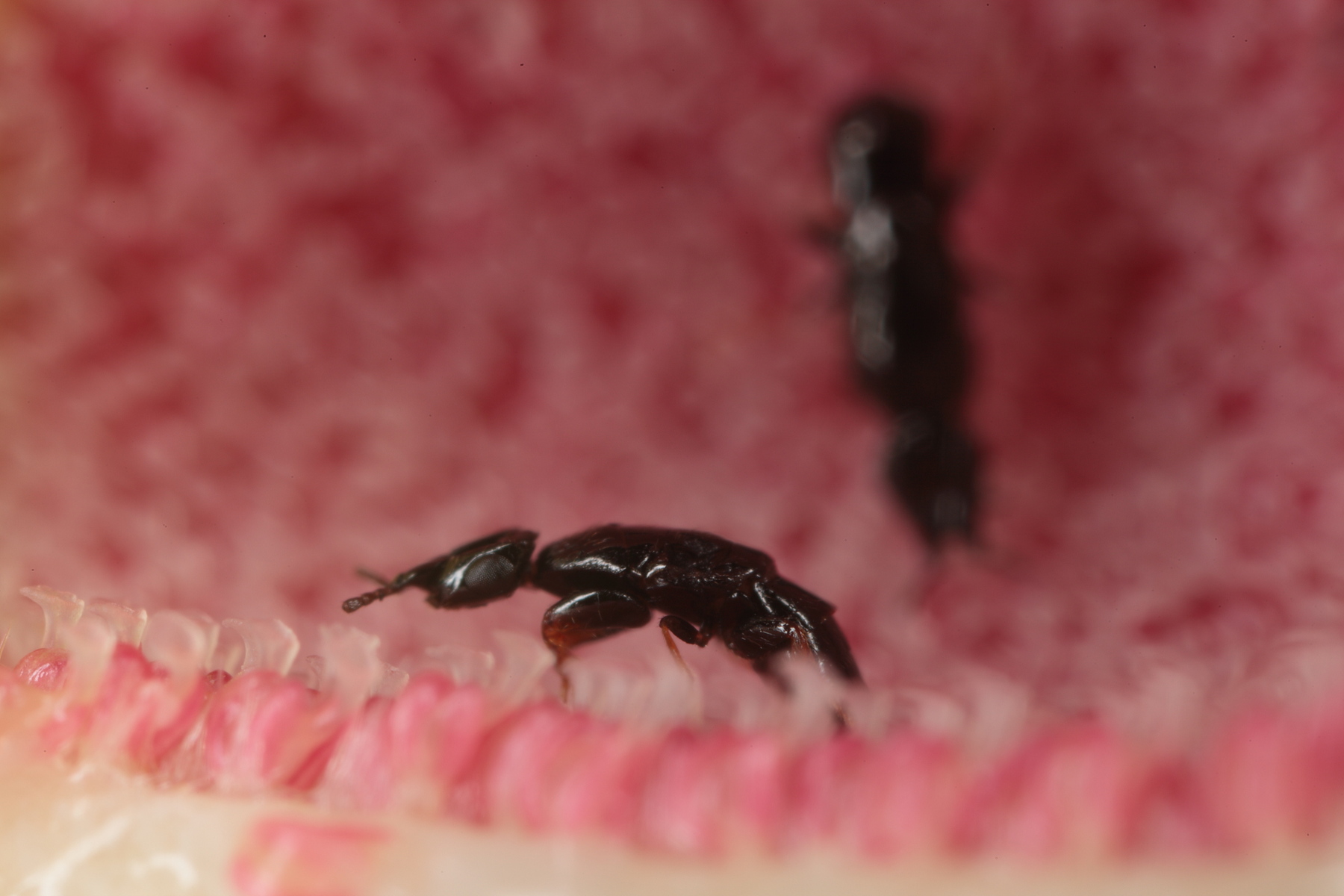
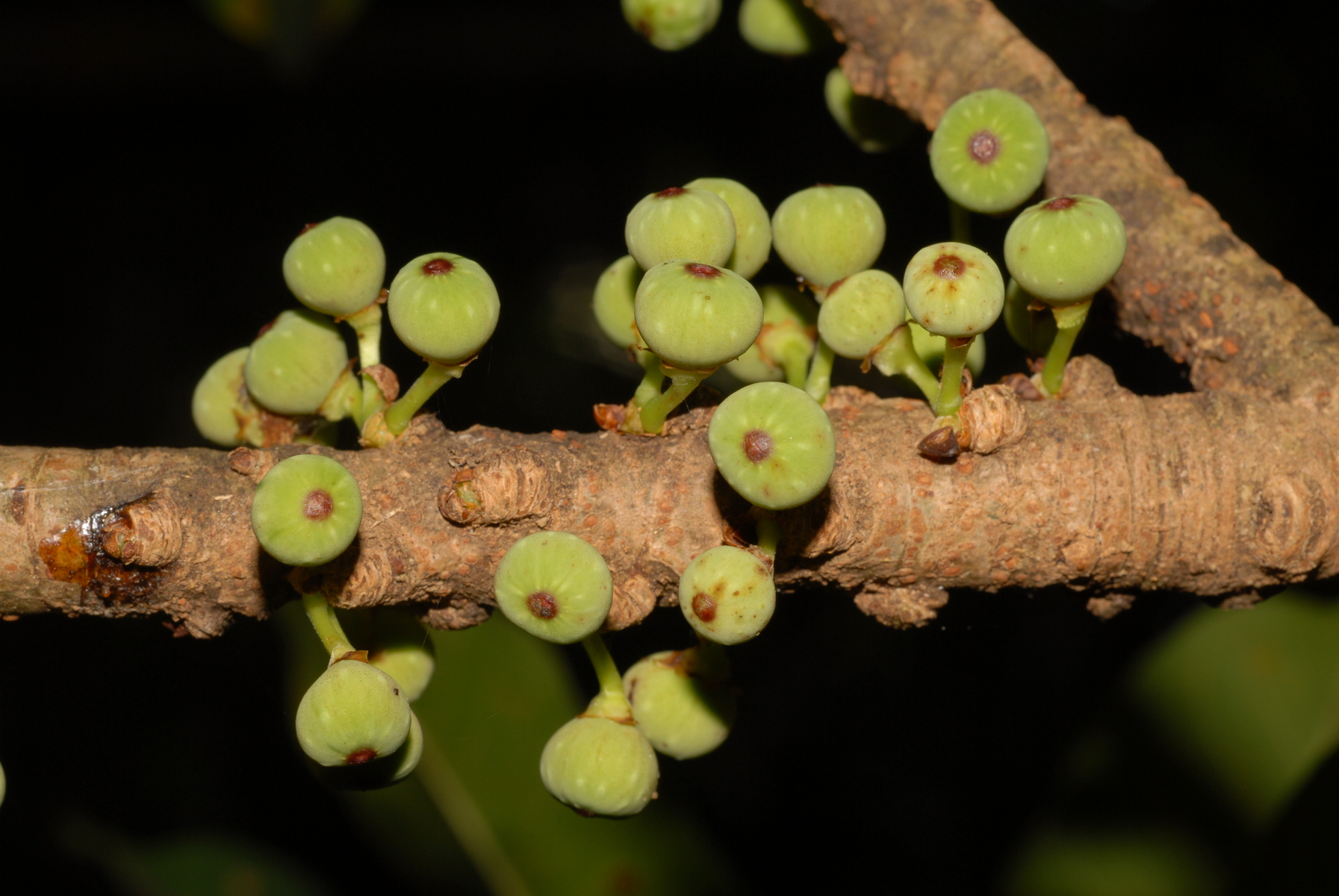
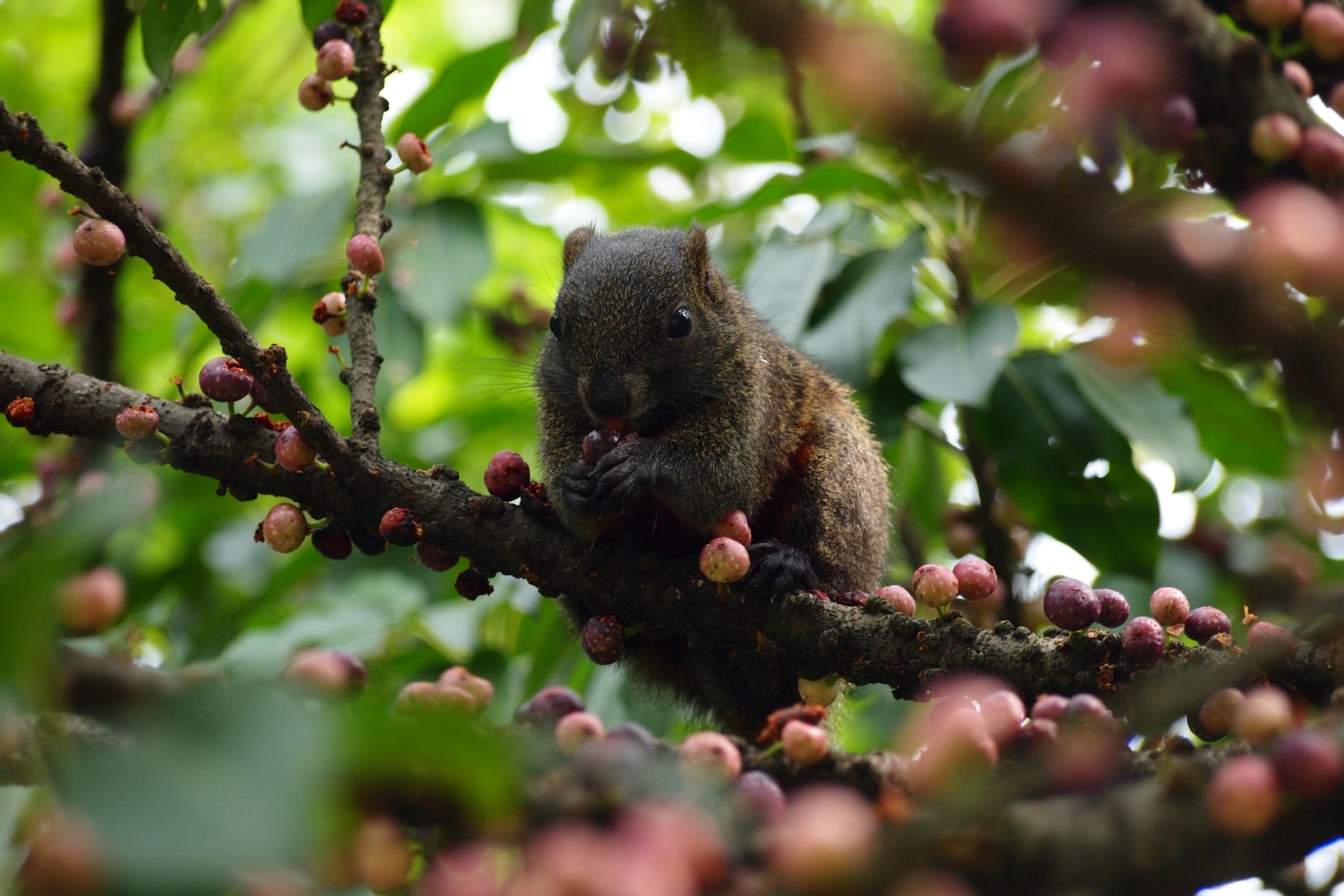
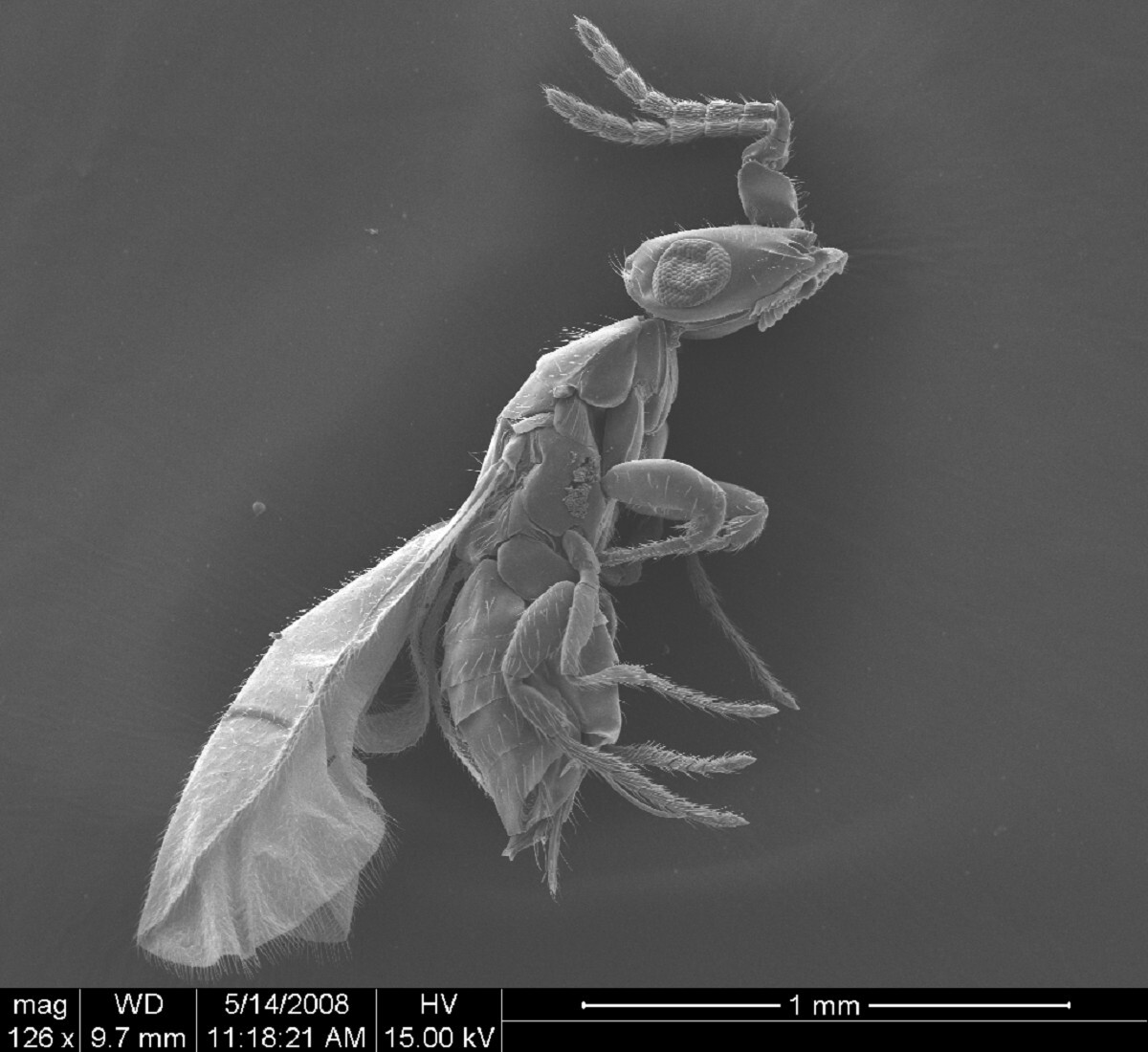
2021-12-30
The common fig (Ficus carica) is called 無花果 wúhuāguǒ in Chinese, which means “no flower fruit”. However, this is not a scientifically accurate name, as all figs have flowers – they grow hidden inside the fruits. Tiny wasps slip inside the unripe fruit and pollinate over 2,000 flowers in it. “It is one of the strangest yet fascinating pollination systems in nature,” says Assistant Professor Anthony Bain of NSYSU Department of Biological Sciences who for over 15 years has been studying wasp taxonomy and the unique partnership between fig trees and wasps that started co-evolving in dinosaur times.
Fig trees (Ficus) are keystone species in tropical and subtropical ecosystems as they fruit all year round and in all conditions, resistant to drought and low nutrition, and sometimes are the only source of food available to birds and mammals. “They are very good survivors,” says Professor Bain. What contributed to these plants’ survival is the obligate mutualism with highly specialized short-lived wasps smaller than a sesame seed, a unique relationship that developed about 75 million years ago*. Fig trees evolved to bear figs all the time to sustain the population of wasps that need to pollinate to survive. As figs diversified into various species, so did wasps. “It’s so well-matched that we can even talk about co-cladogenesis: when a new group of fig trees evolves, a whole new group of pollinating wasps co-evolves as well.” In most cases, fig trees are pollinated by more than one species of fig wasps, which can fly several kilometers to pollinate, guided by the olfactory sensory neurons located in their antennae, and in this way, the fig wasps established a genetically diverse population.
There are over 750 species of figs in the world but only one is produced for human consumption – Ficus carica, a species selected and domesticated in ancient times. The fruits are produced parthenogenetically, without pollination. “Were they to be pollinated, the fruit would not be vegan!” In nature, the female enters the fig by a natural hole called ostiole, mates with a male wasp, pollinates the flowers, lays eggs, and then escapes the fig through a tunnel chewed by the males only to repeat the process in another fruit. The males die inside, never having left the fruit in their short lives, and their bodies are dissolved by the fig.
There have been concerns about the impact of climate change on this unique partnership between figs and wasps as increased temperatures can make plants grow earlier and have shortened maturation time. Can pollinators keep up with the changes? “Actually, the pollinators start earlier too. However, whether wasp and seed development will differ under a warmer climate remains unclear, but it may affect Ficus species.” According to Professor Bain’s recent collaborative study on climate adaptations of two fig species – F. caulocarpa and F. subpisocarpa published in Taiwania: International Journal on Biodiversity, though fig trees are generally highly resilient to climate change, coastal specimens will experience an increased degree of vulnerability due to typhoons that grow in strength and frequency. “Fig fruits get ripped off and the wasps inside die. So the typhoon can kill an entire generation of wasps.”
In Taiwan, there is a record of 27 species of fig trees and NSYSU campus is home to several of them, said Professor Bain. Bodhi trees (Ficus religiosa) that decorate the patio is a species of cultural importance as it was underneath a Bodhi tree that Buddha achieved Enlightenment. Behind the Social Science Building is a Chinese banyan (Ficus microcarpa), with long prop roots, and a Ficus elastica, formerly used to extract latex for the production of rubber. The road along the track field is embellished with dye figs (Ficus tinctoria), which naturally live on rocks, and along the parking by the International Building lot grows a rare specimen of the Mearns fig (F. pedunculosa var. mearnsi). The nearby Shoushan Mountain is home to Ficus pumila, a species which extract is used to make the aiyu jelly, a popular dessert sold on Taiwanese night markets.
Note:
Adaptation in a changing climate: The phenology of two closely related sympatric Ficus species in Taiwan: https://taiwania.ntu.edu.tw/abstract.php?type=abstract&id=1793
*According to the estimates in a study published in Systematic Biology as of 2012: https://doi.org/10.1093/sysbio/sys068
